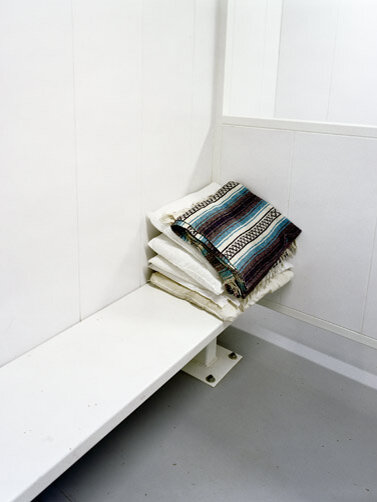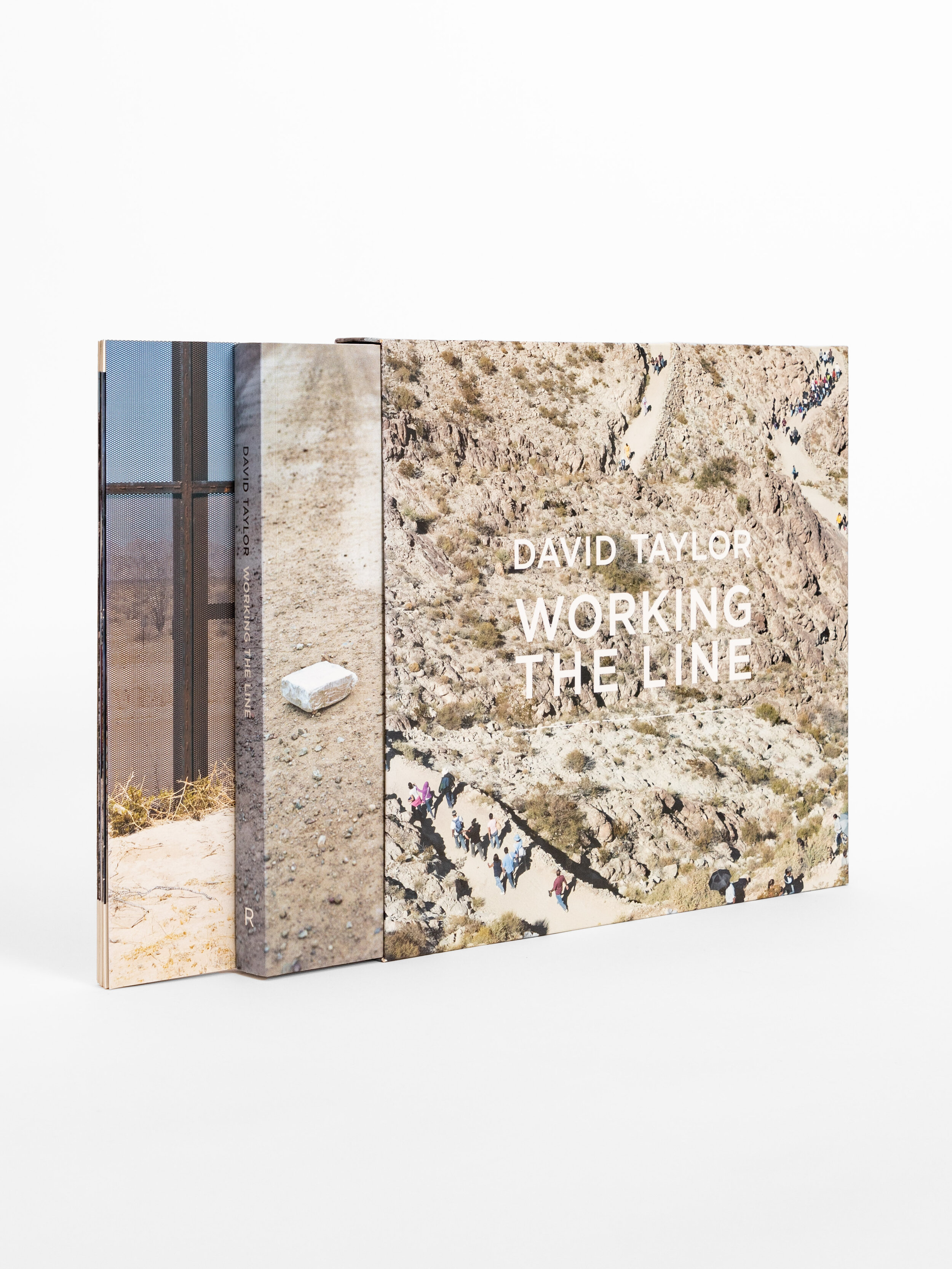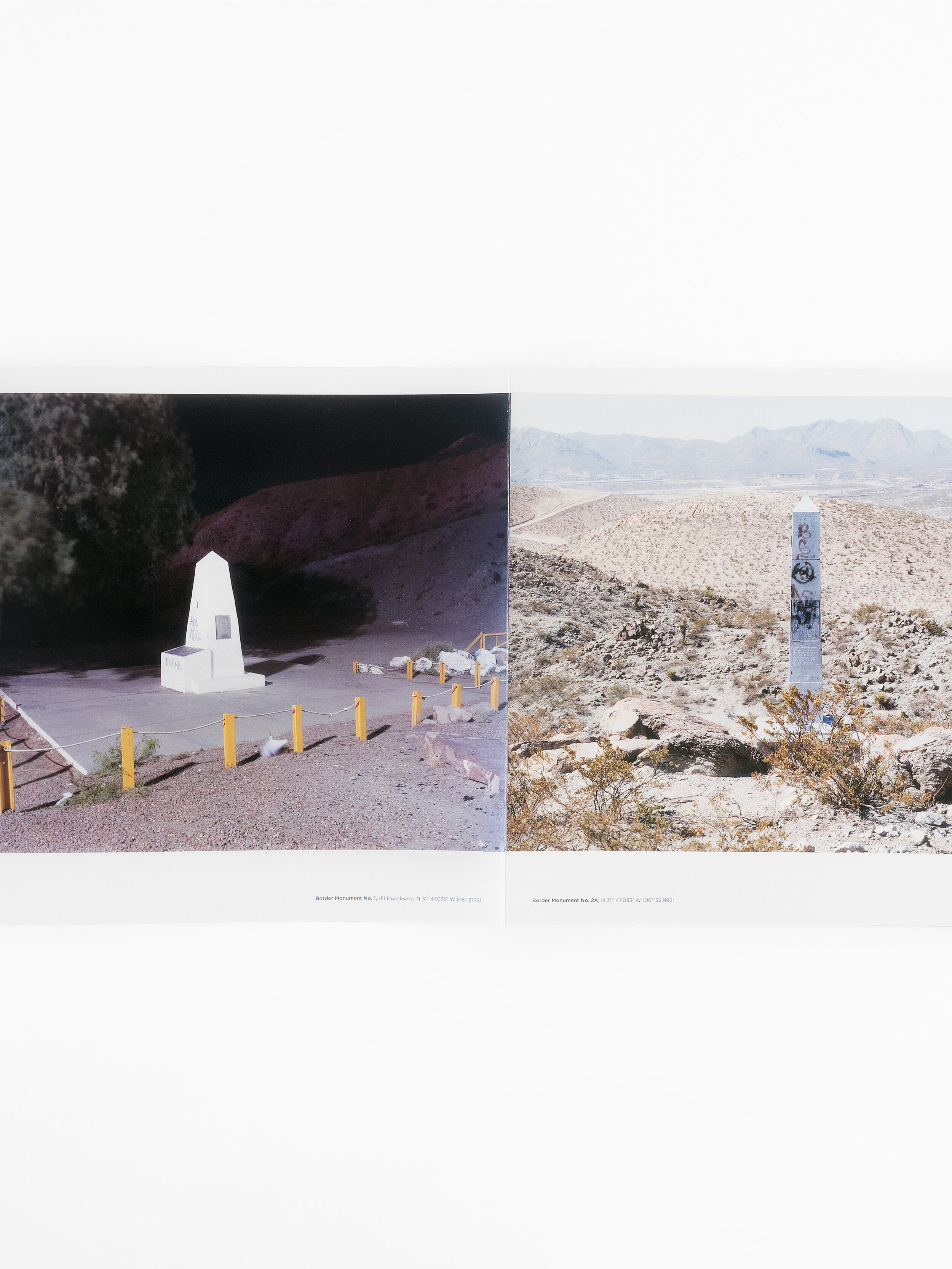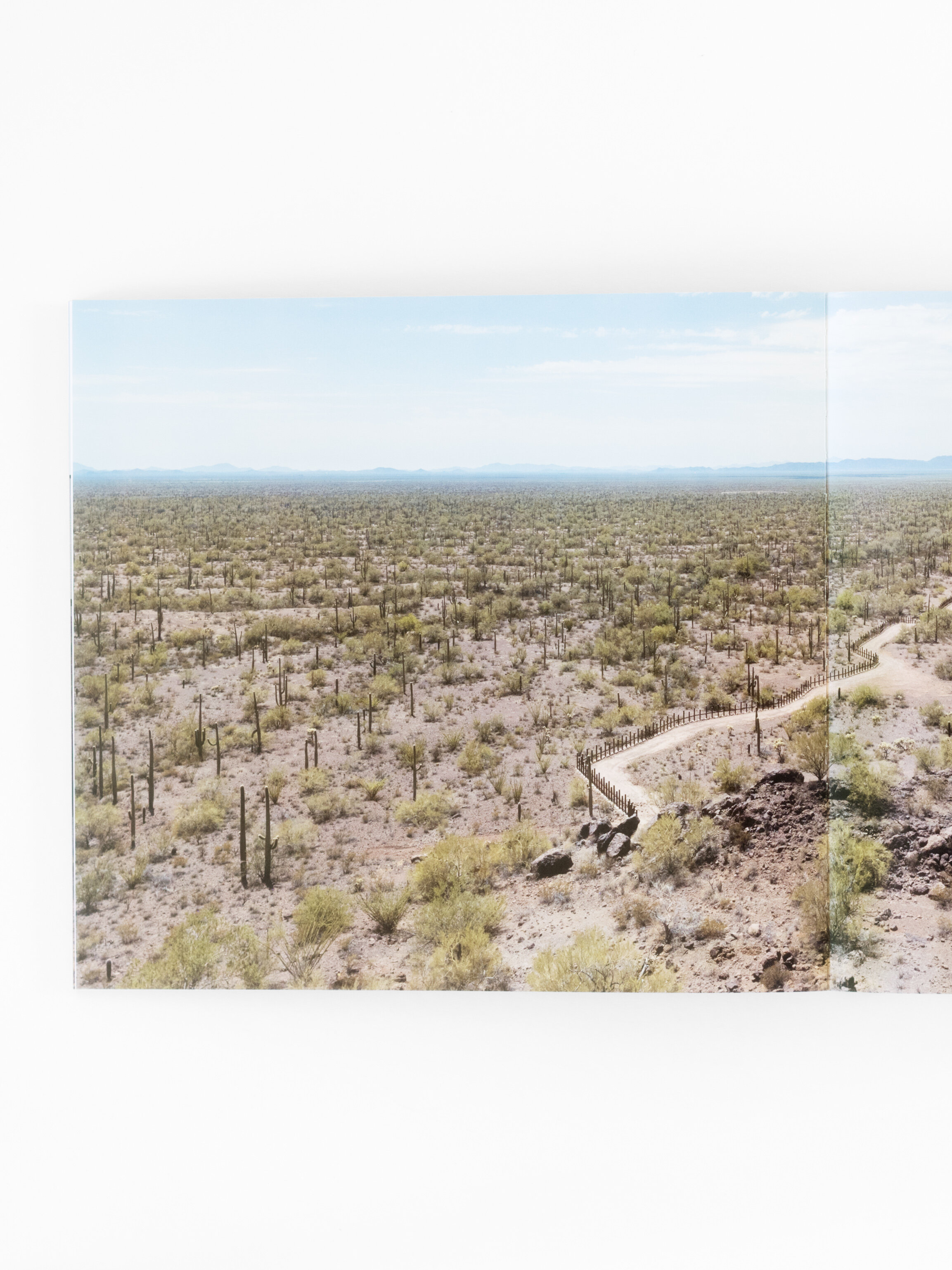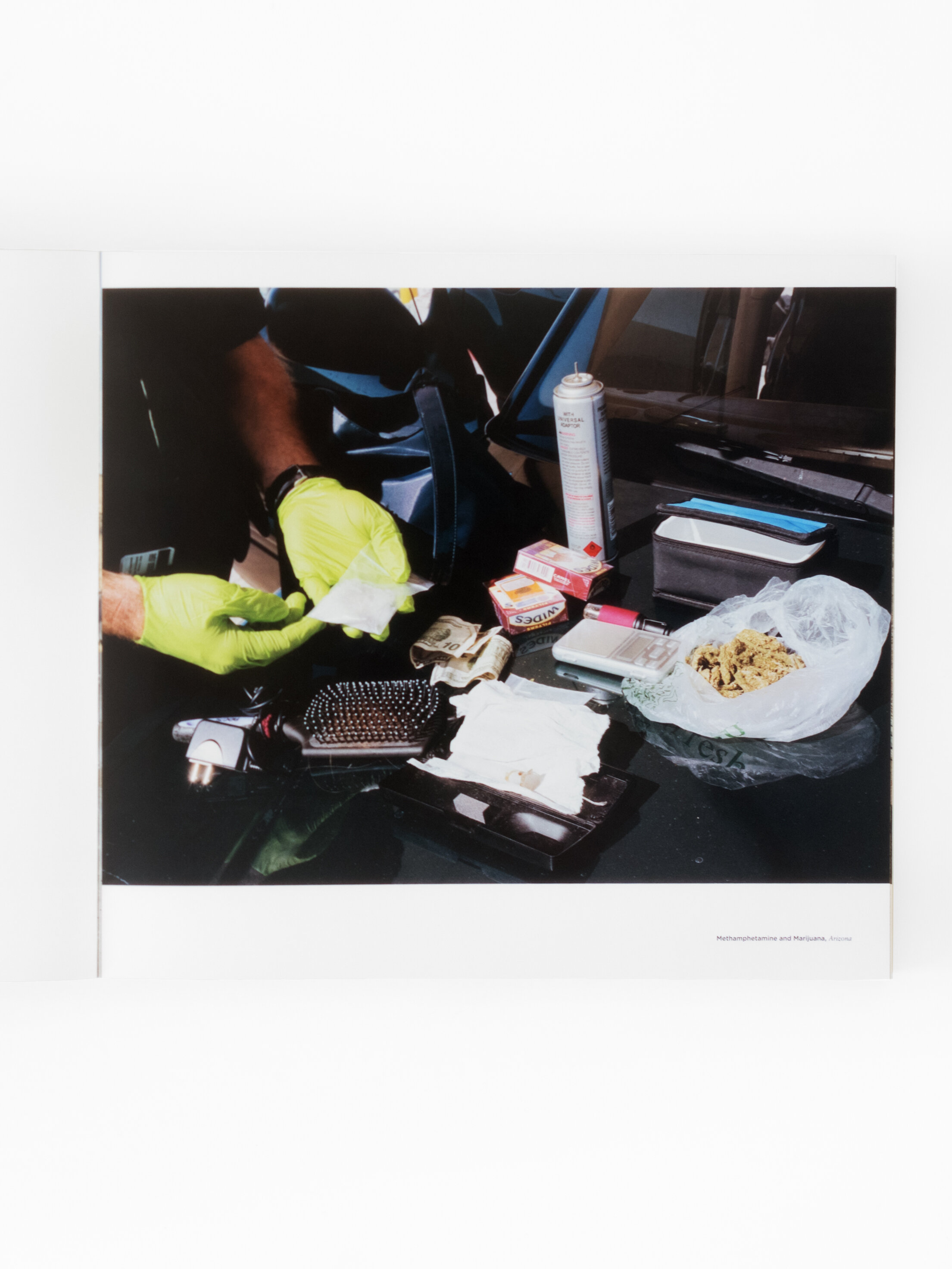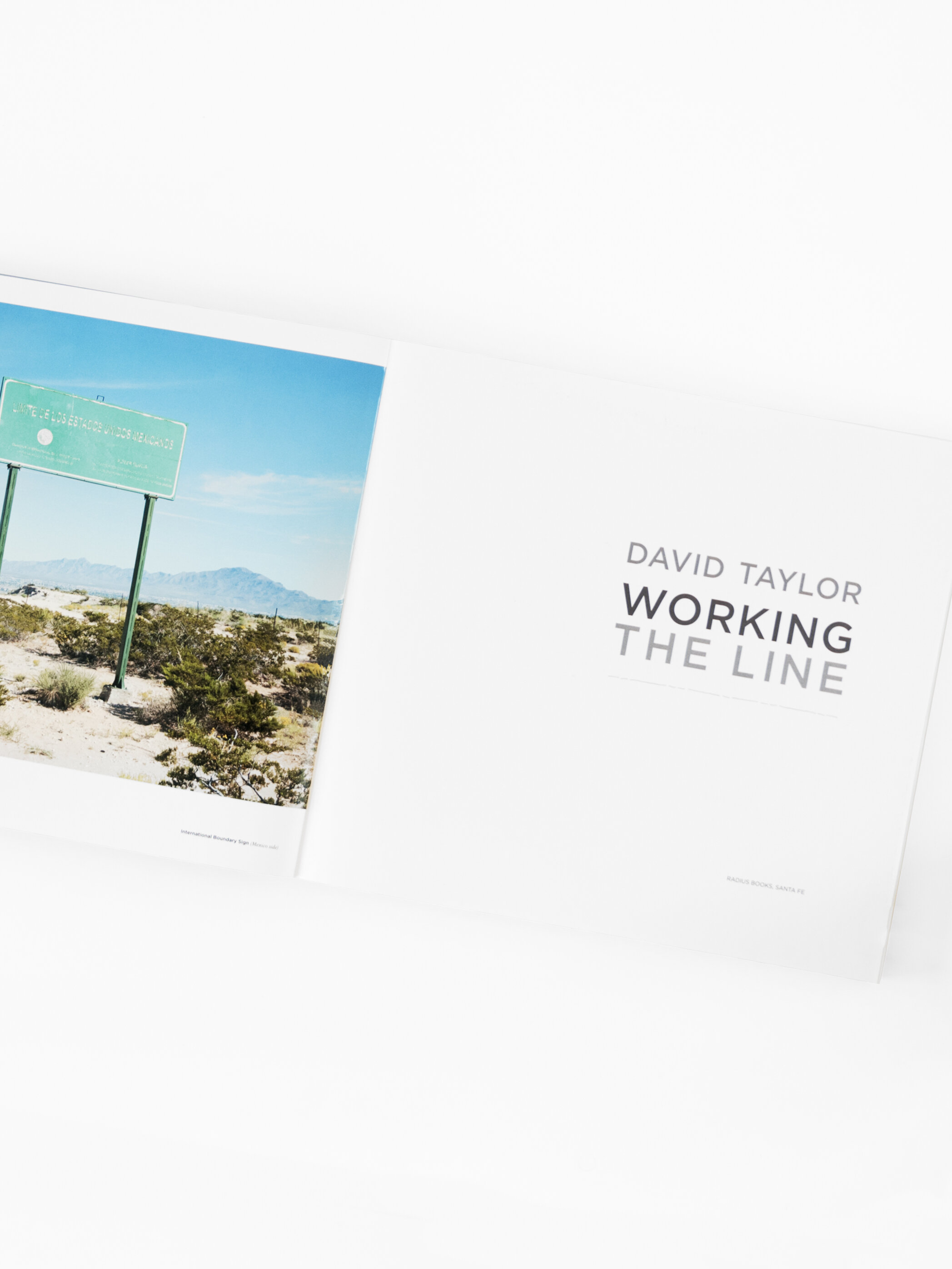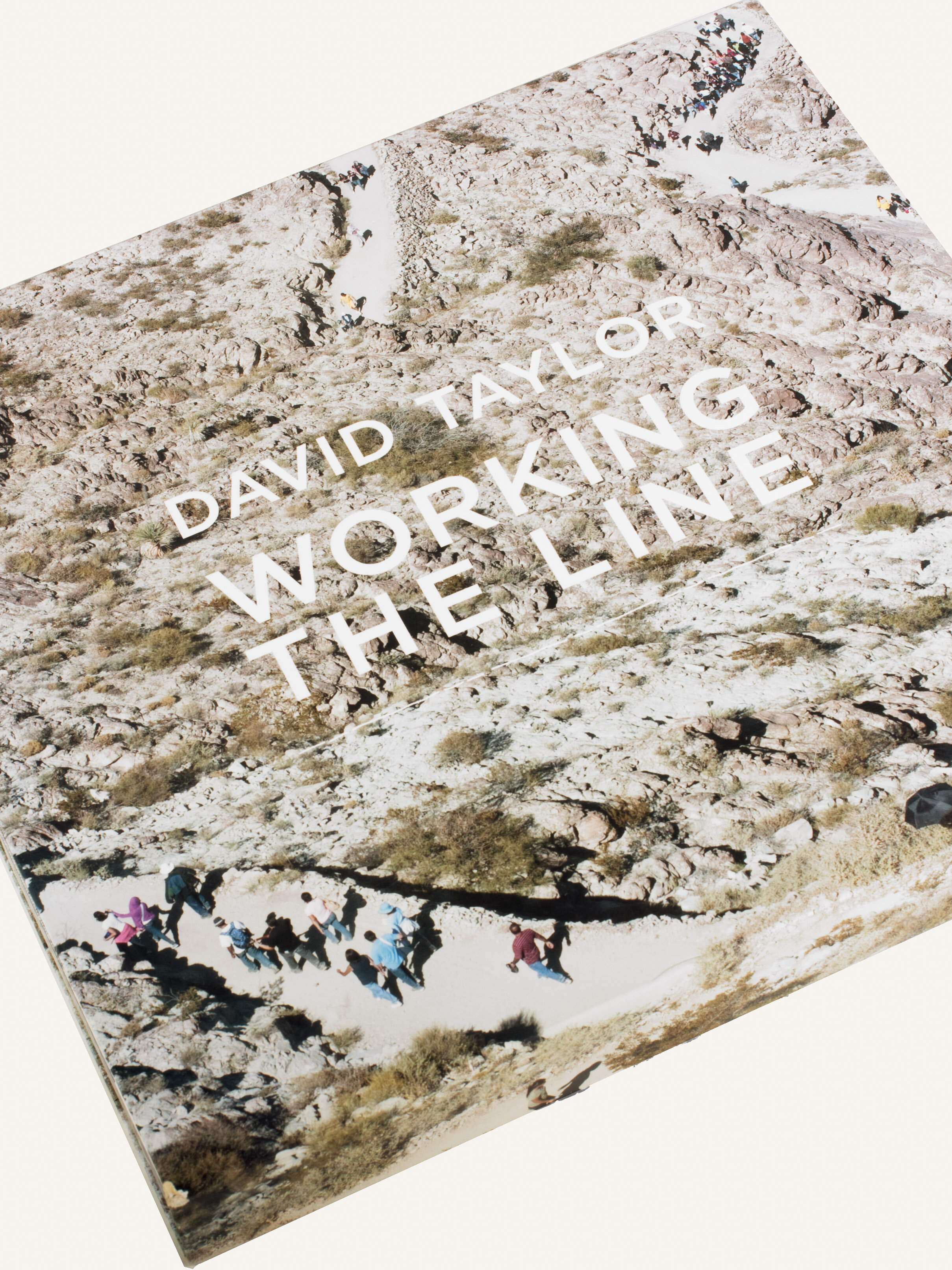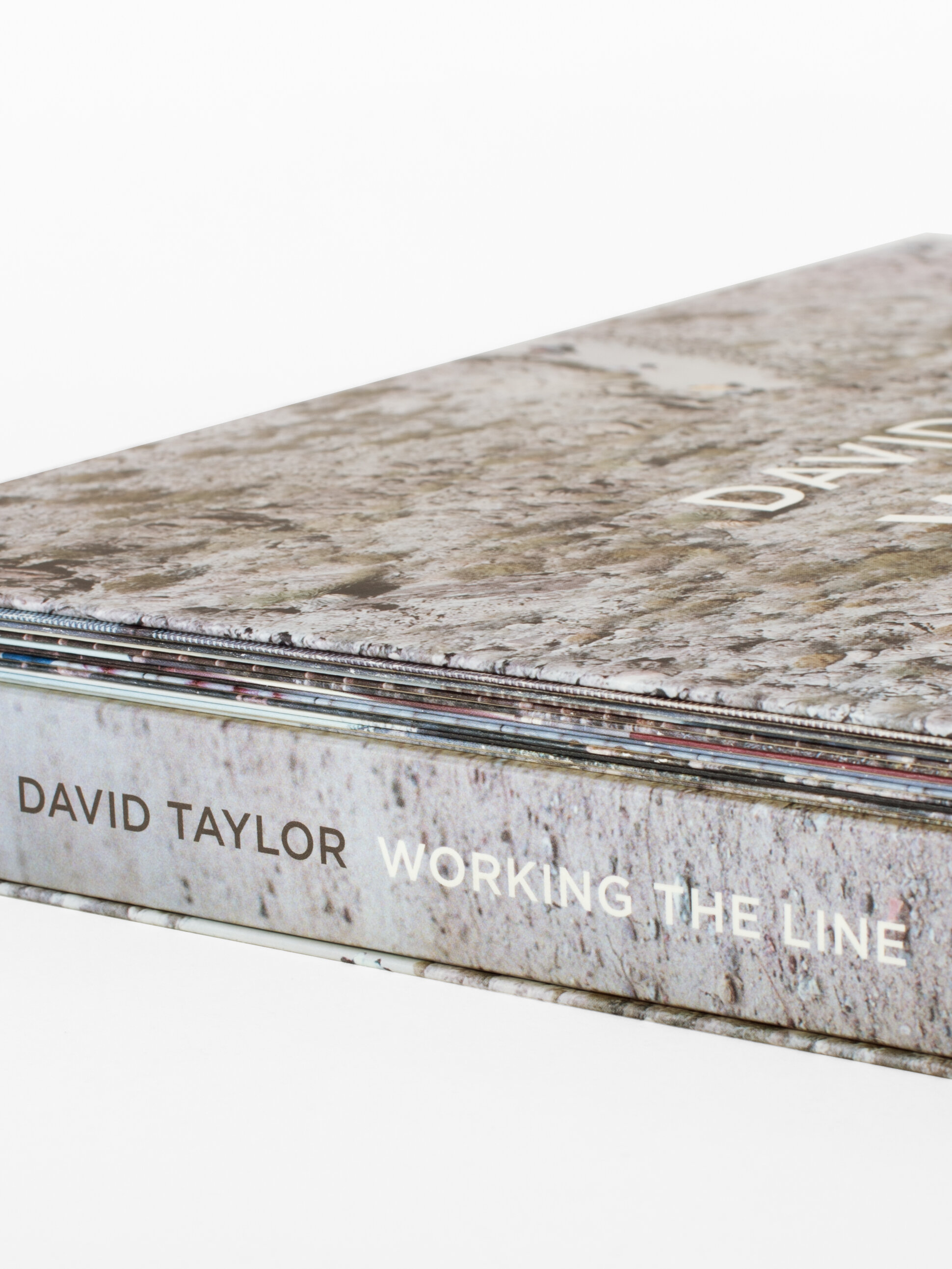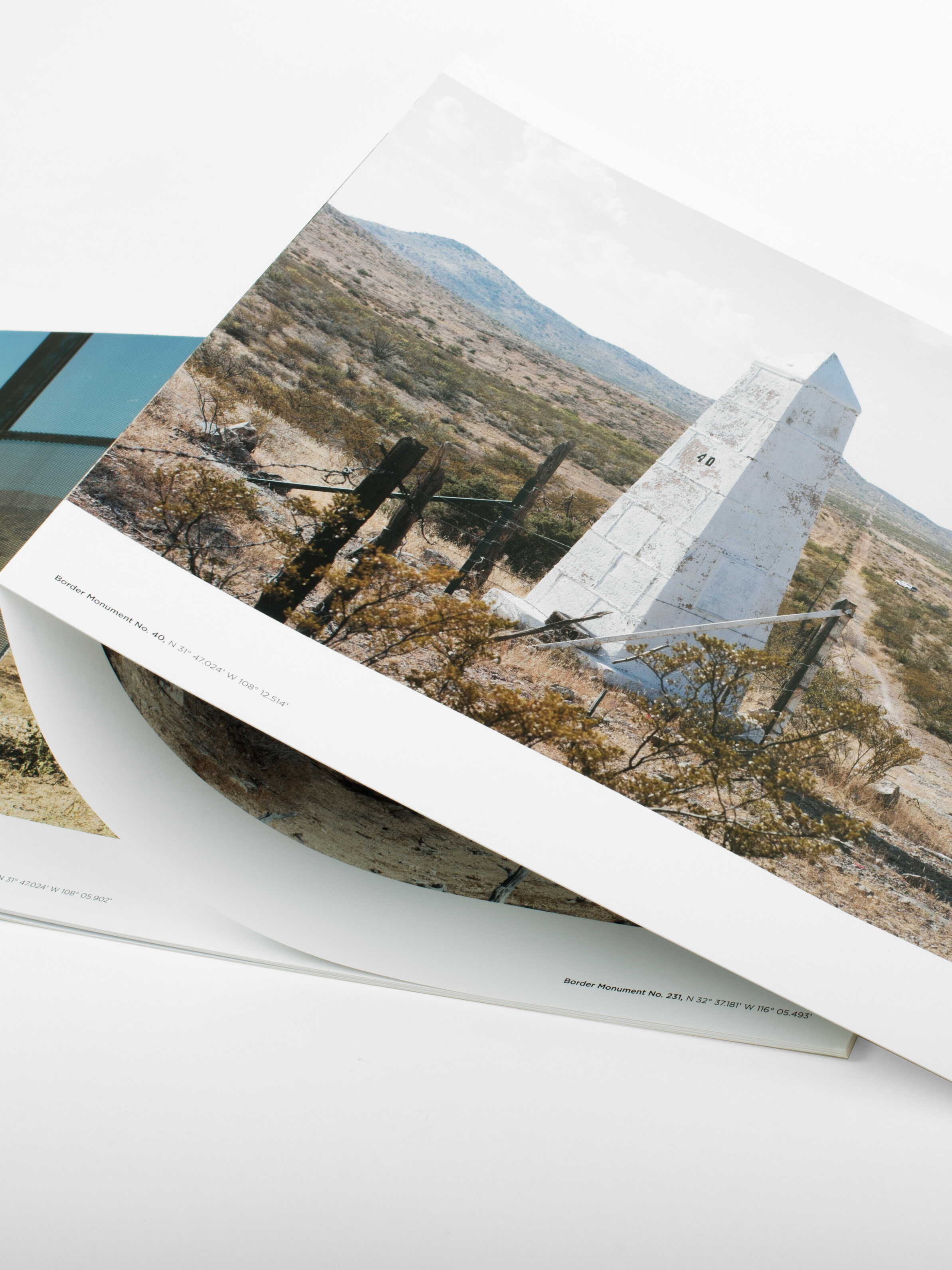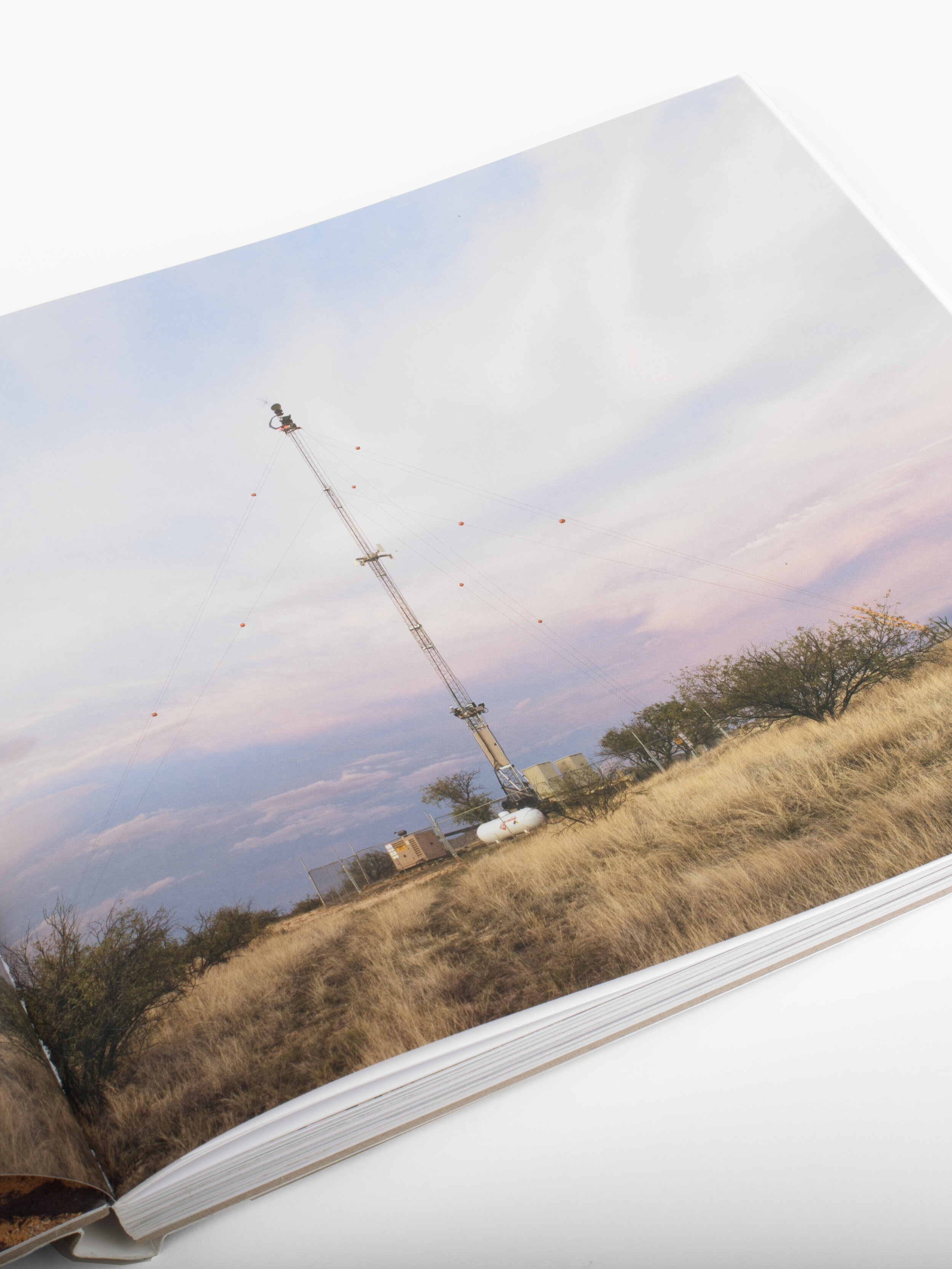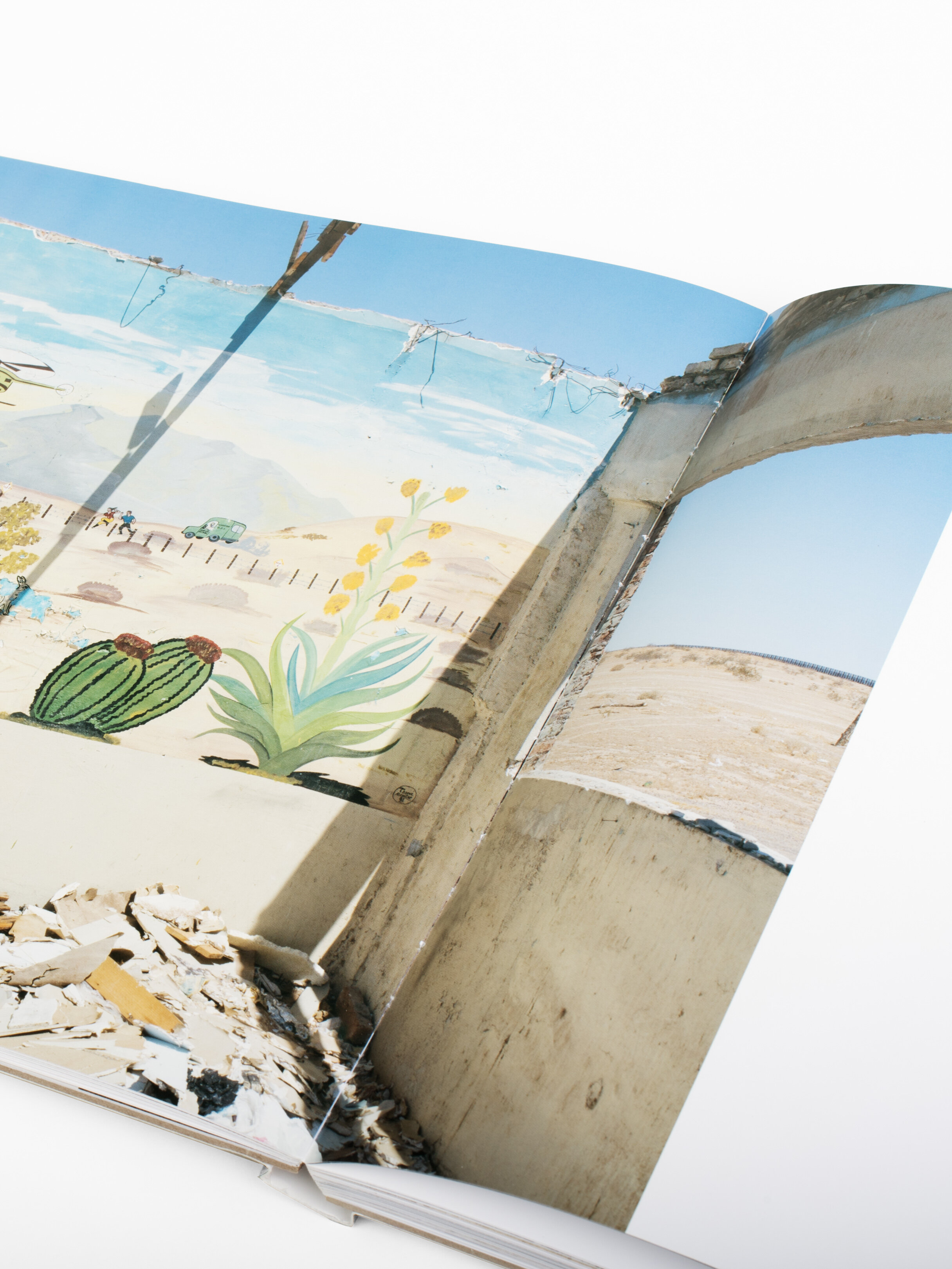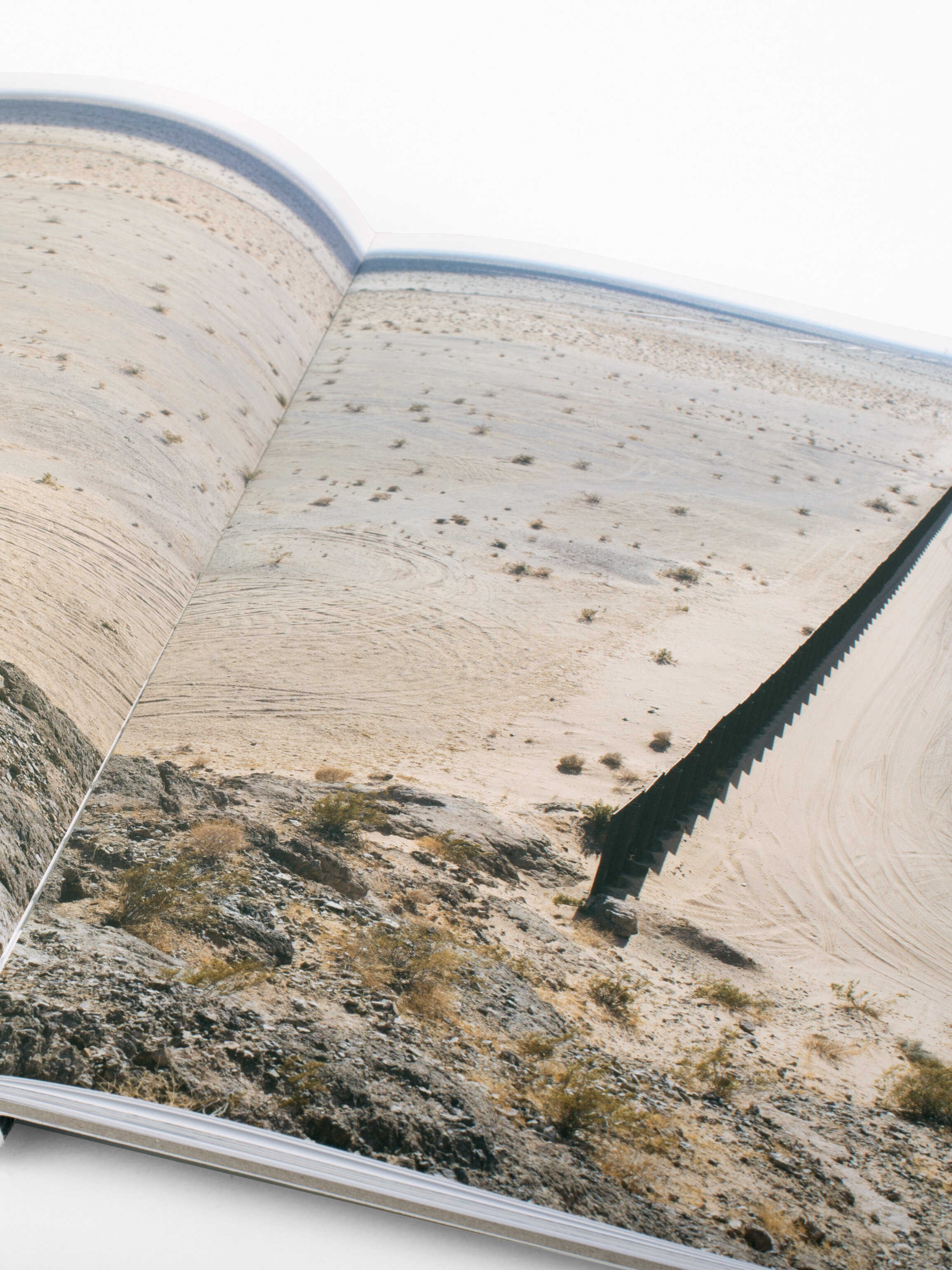David Taylor: Working the Line
“. . . it reveals the strange cruel reach of this idea—for the border is most of all an idea—through all these: landscape, portrait, serial imagery, interiors of detention cells and kilo vehicles, close-ups—all the angles and pieces it takes to understand this tragic tangle of need, geography and ideology.”
— Rebecca Solnit
Photographs by David Taylor
Essays by Hannah Frieser and Luis Alberto Urrea
Hardbound in slipcase with accordion-fold book
11 x 10.5 inches
148 pages / 120 images
ISBN: 9781934435243
Trade: $70.00Rare: $150
“. . . it reveals the strange cruel reach of this idea—for the border is most of all an idea—through all these: landscape, portrait, serial imagery, interiors of detention cells and kilo vehicles, close-ups—all the angles and pieces it takes to understand this tragic tangle of need, geography and ideology.”
— Rebecca Solnit
Photographs by David Taylor
Essays by Hannah Frieser and Luis Alberto Urrea
Hardbound in slipcase with accordion-fold book
11 x 10.5 inches
148 pages / 120 images
ISBN: 9781934435243
Trade: $70.00Rare: $150
“. . . it reveals the strange cruel reach of this idea—for the border is most of all an idea—through all these: landscape, portrait, serial imagery, interiors of detention cells and kilo vehicles, close-ups—all the angles and pieces it takes to understand this tragic tangle of need, geography and ideology.”
— Rebecca Solnit
Photographs by David Taylor
Essays by Hannah Frieser and Luis Alberto Urrea
Hardbound in slipcase with accordion-fold book
11 x 10.5 inches
148 pages / 120 images
ISBN: 9781934435243
Trade: $70.00Rare: $150
In 2008, DAVID TAYLOR received a Guggenheim Fellowship for his ongoing examination of the U.S.–Mexico border. His investigation is organized around the documentation of a series of 276 obelisks that mark the international boundary as it extends from El Paso/Juarez to San Diego/ Tijuana. These monuments—striking objects situated in impossibly gorgeous and difficult terrain—were installed between the years 1892 and 1895.
In the process of his work, Taylor earned remarkable access to U.S. Border Patrol facilities, agents and routine operations. Patrol agents often refer to their job in the field as “line work” which is an apt description of Taylor’s own time as he documented the obelisks. Being on the “line” has given Taylor a unique view into overlapping issues of border security, human and drug smuggling, the continuing construction of the border fence and its impact on the land.
This book captures the complexity of the terrain, the politics, and the human dynamics involved. While the images are documentary in nature, they are so formally and visually compelling that the work ultimately transcends genre.


